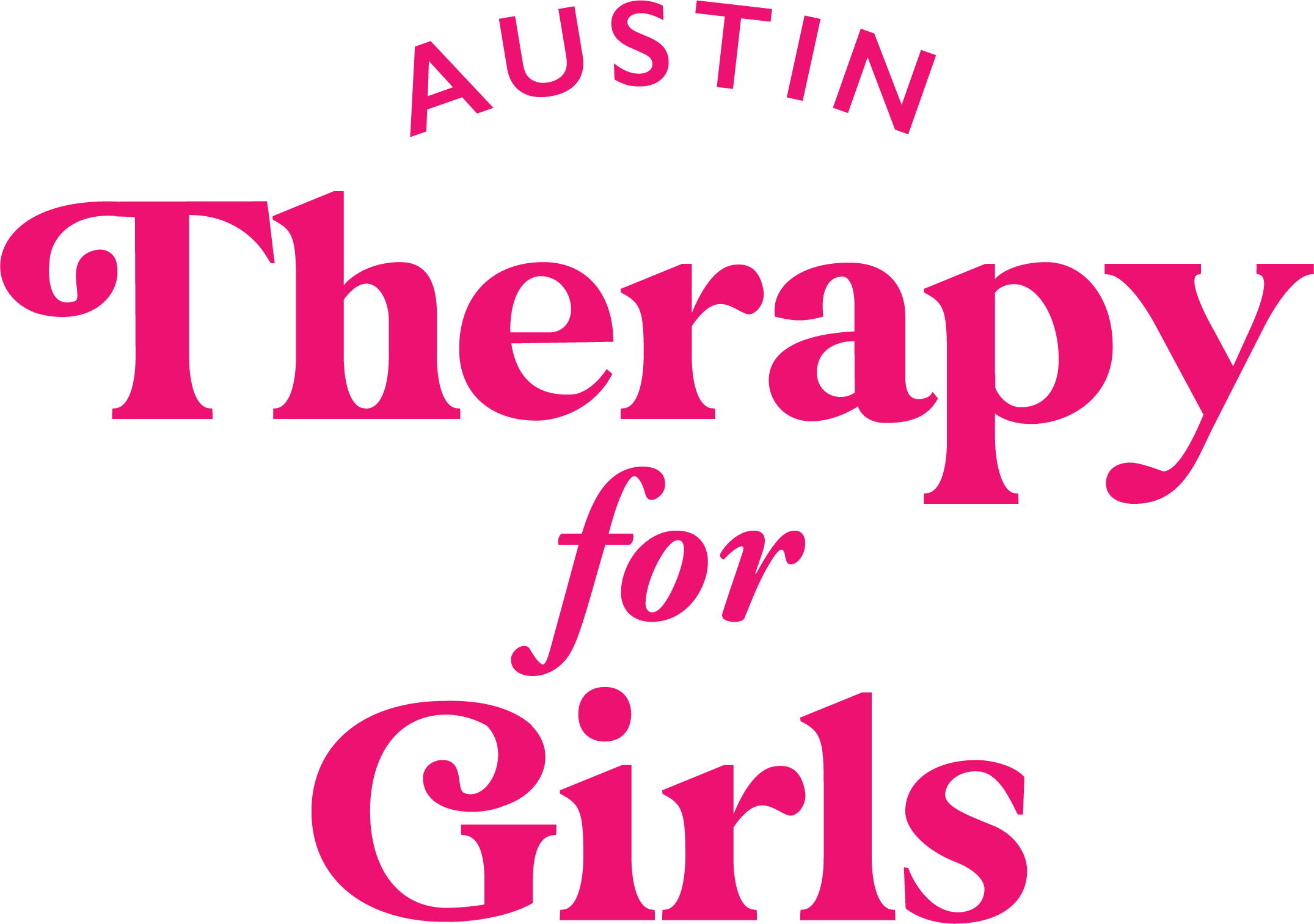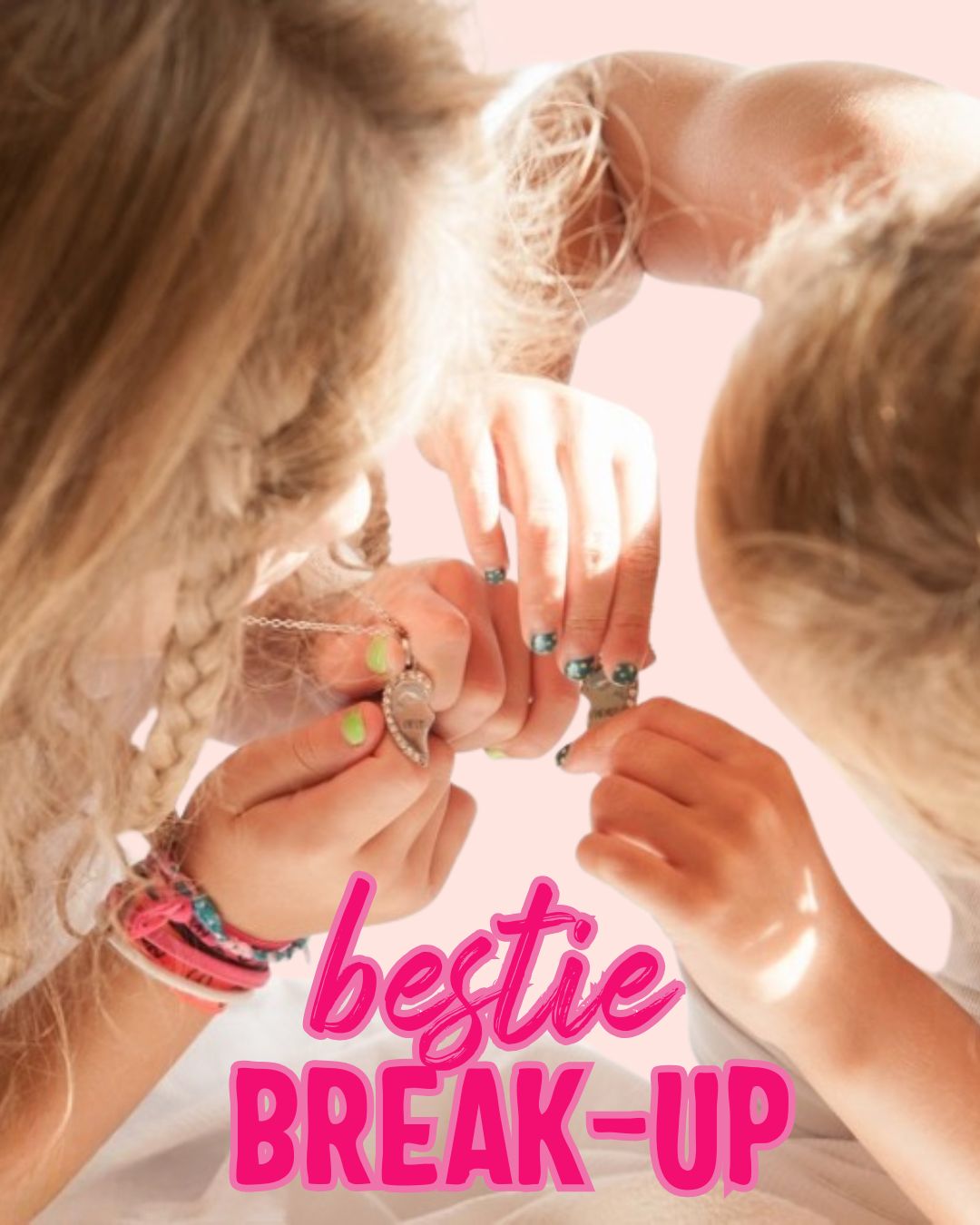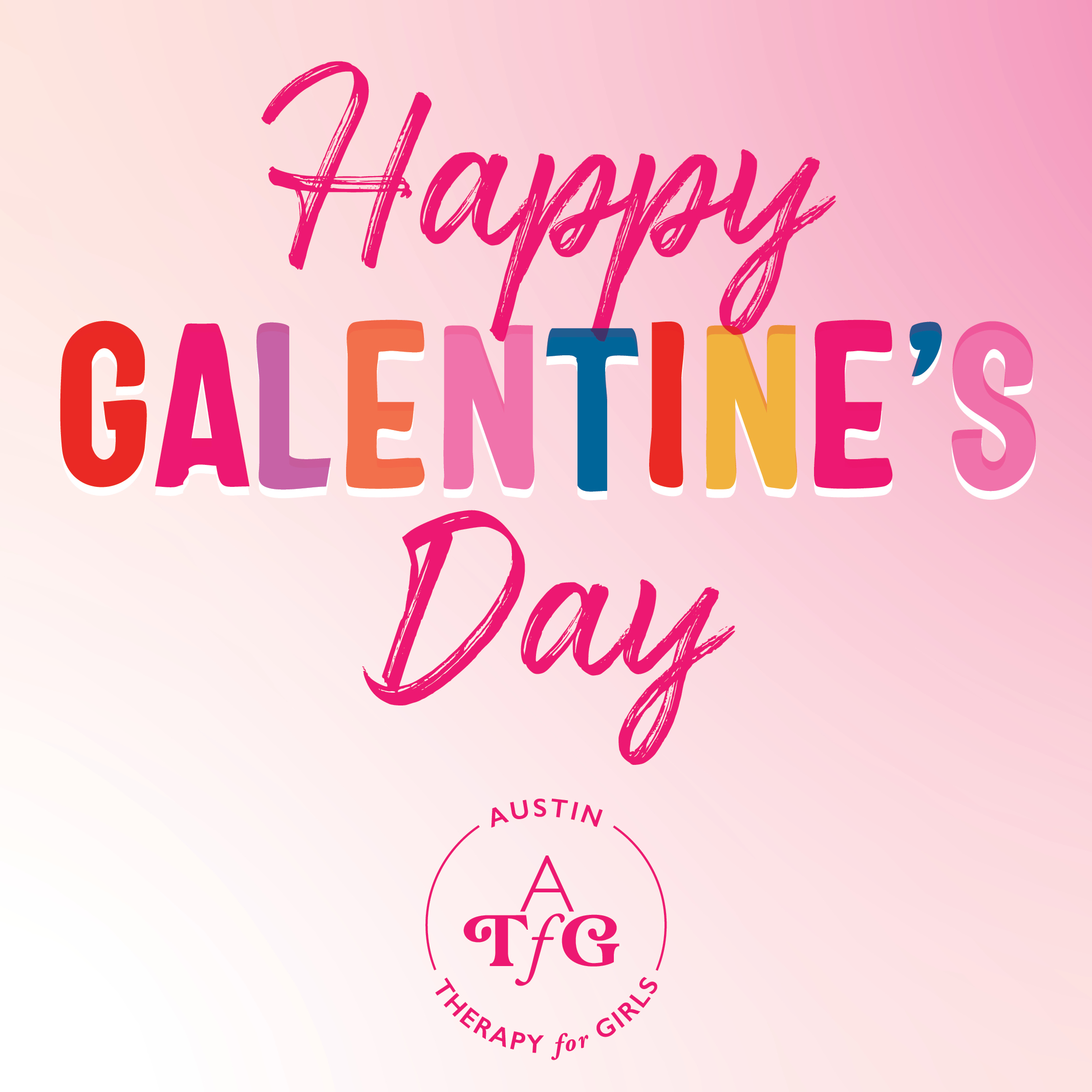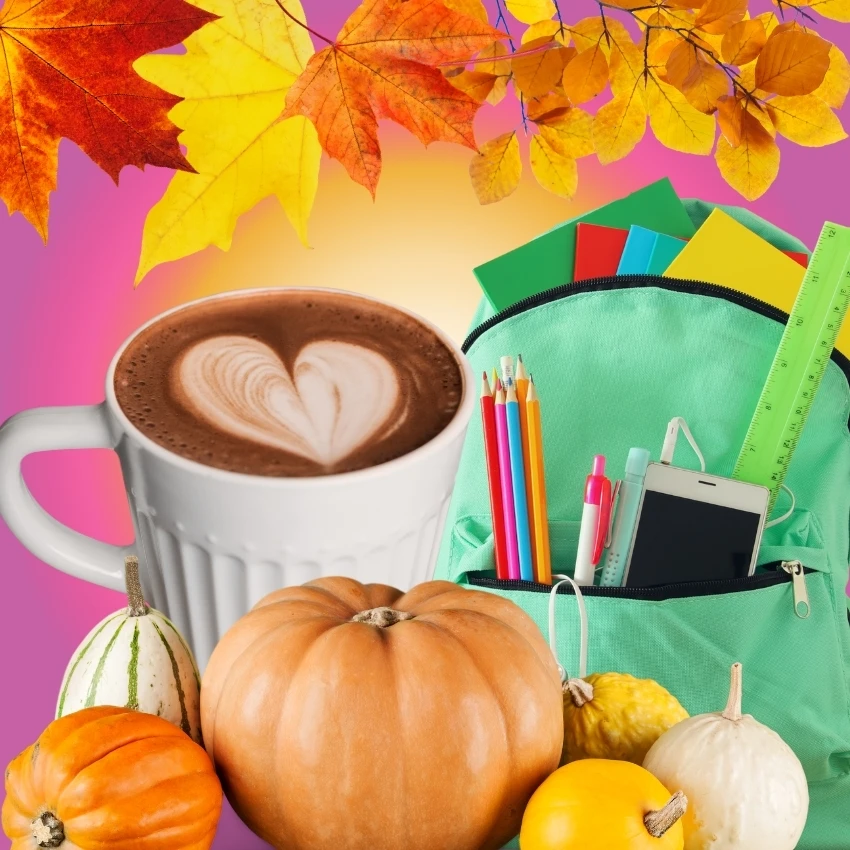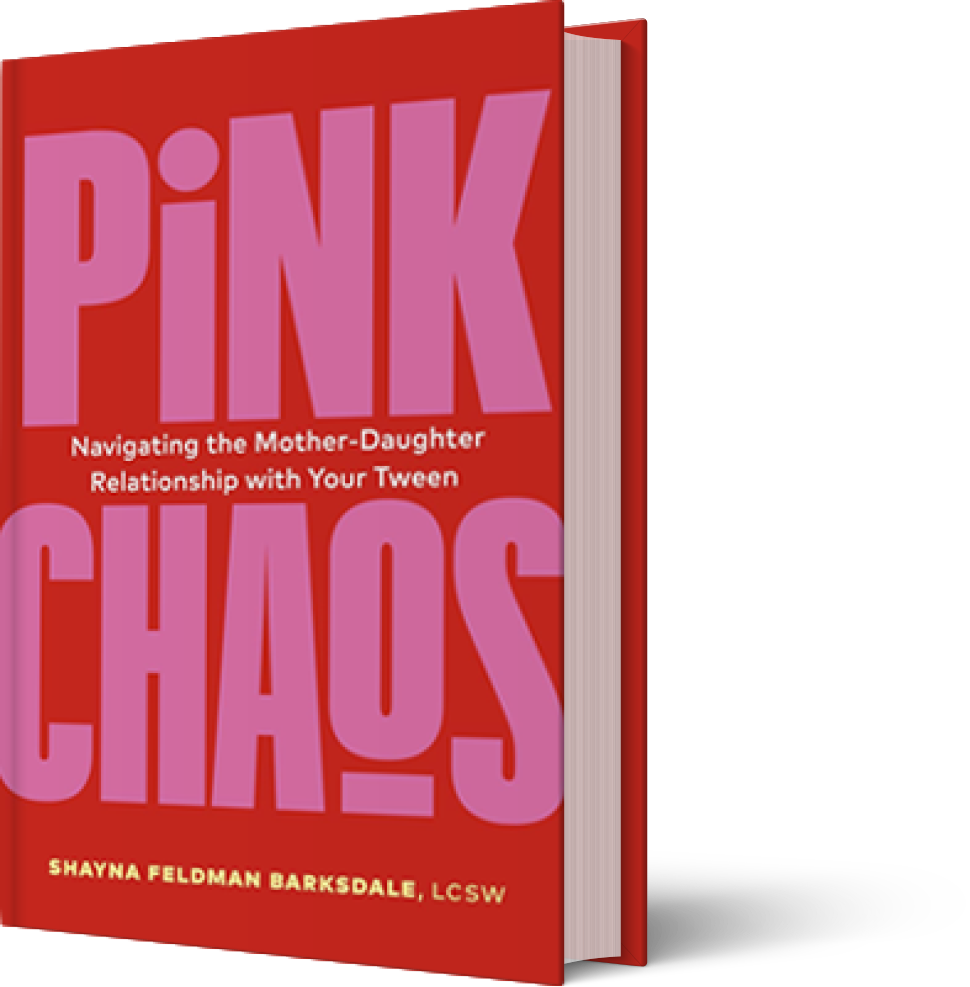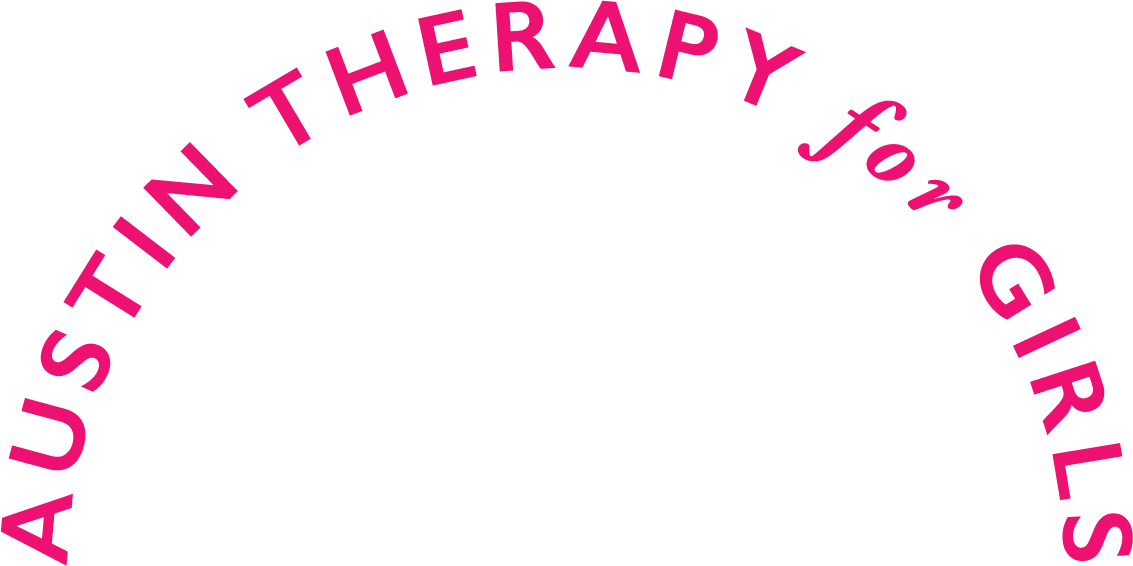Navigating a Bestie Breakup on Galentine’s Day
As we scroll through the social media jungle, and you know it’s a jungle right now. One of the most uplifting observations we’ve made is the excitement surrounding one of my all-time favorite fictional holidays. Galentine’s! If you’re not in the loop, let me introduce you to the genius behind it—Leslie Knope (a.k.a. Amy Poehler) and her legendary waffle brunch from Parks and Rec! Leslie knew that a day dedicated to celebrating gal pals was a must, and we are totally on board! When it comes to you or your daughter’s mental health, those friendships are like the secret sauce or syrup in the case of pancakes and waffles! Seriously, our pink couches at ATFG are practically therapy hotlines for all the friend drama and worries!
Shayna Barksdale, LCSW : ATFG owner and Galentine’s enthusiast, complete with her pink hair, has recently penned a book and reserved the best chapter for last. Here are some of her insights from the book, along with our pink coaches’ advice on navigating the ups and downs of friendship.
Here are three tips to assist your daughter in discovering her Galentine’s besties.
Busting Some Myths
First and foremost, it’s essential to debunk some myths about friendship. We recommend using a friendship bullseye to help our clients understand the true nature of friendships. The various shades of pink symbolize that inner circle of friends—those we confide in and trust with our secrets. Typically, we feel good about 85 percent of the time when we are with them. While this can certainly include a best friend, it’s essential to recognize that this group may consist of just 1 to 3 close friends. The bullseye is a nice reminder that quality trumps quantity in friendships. It’s not about having a large circle but about nurturing those few meaningful connections that truly enrich her life.
Finding her squad
Cheerleader mode: ON!
Joining clubs, sports teams, or community shindigs (how about a Galentine’s friendship bracelet-making bash?!) is like unlocking the door to a treasure chest of new pals! Give her a nudge to dive into her hobbies and passions because when people bond over fun activities, it’s like friendship magic in the making! Certainly, navigating new social situations can be challenging, especially if there’s anxiety about meeting new people. It’s important to take small steps before diving into too many adventures.
Teaching her how to be the best bestie
Additionally, fostering open communication and active listening at home can equip her with the skills needed to build and maintain friendships. Encourage her to express her feelings and thoughts, and practice empathy by considering others’ perspectives. This can help her navigate the complexities of interpersonal relationships with confidence and kindness.
When things don’t go her way in friendship
As caregivers, we cannot prevent friendship issues. What we can do is focus on being a soft place to land when things go wrong.
Ok, here we go. I’m going to use a frequent flyer from the ATFG couches for this one.
Let’s say your daughter was not invited to a party/sleepover/gathering and sees all her friends are there on social media. Know that your first instinct will be met with some major Mama Bear energy, with the main goals being to protect and problem-solve. This is normal and expected! Take a deep breath, revisit tools and strategies from other chapters to support yourself as needed, and then try this:
-
Notice what your daughter is doing/saying. This might sound like, “I noticed you seem a bit down today.” Or, “I noticed when you looked at your phone that your face changed.” Or, “I noticed that plans have changed for you.”
-
Ask her to share. “Do you feel comfortable telling me what’s happening?”
-
Validate what she says. You can say something like, “I can understand why you might be upset, it seems like you had plans and now you don’t.” Or maybe, “You saw your friends on social media and realized they were hanging out without you. Maybe you felt a bit excluded?” Or, “I can only imagine how stressful this is for you. I know how much you value being a good friend and having friends has been a challenge this year.”
-
If your daughter is super dysregulated, offer 3 options. This might sound like, “I have some ideas: 1), Try going to your calm place or going to pet your dog. 2) Reach out to another friend to see what they are doing. 3) I would be happy to take a walk with you or watch your favorite show together.”
-
Now move into problem-solving. Like we talked about in Chapter 3, teaching your daughter that she can do something to help regulate her emotions and she can solve her own problems helps her develop resilience. This might sound like asking her questions like:
-
What do you want to do about this?
-
What part of this situation can you control?
-
What can you do for yourself that might help?
-
What can you do to help yourself feel better?
-
How can I support you?
-

